



Come 8 March and conversations around women’s leadership begin taking centre stage. But rarely do they reflect deeper gender inequalities, especially in rural India, or provide solutions.
According to the UN Women’s Gender Snapshot 2022 report, women’s labour force participation in 2022 was projected to remain below pre-pandemic levels in 169 countries. Further, millions of women and girls in Asia and Sub-Saharan Africa do not have access to affordable and clean energy, which are key to lifesaving care and productivity. Rising energy prices are making matters worse.
In the face of such jarring data, how can decentralised renewable energy (DRE) aid in the socio-economic advancement of women, especially in rural areas? At Powering Livelihoods, a CEEW-Villgro initiative that aims to mainstream clean energy-based solutions in India's rural economy, over 80 per cent of end-users of clean energy appliances are women (till August 2022).
Here’s how three rural Indian women are using DRE-powered appliances to improve their incomes, reduce the drudgery of their work and encouraging other women to become more self-reliant.
Thirty-five-year-old Kuni Dehury has been around silk cocoons since the day she was born. Living in a remote tribal village named Kardapal in Odisha’s Keonjhar District with limited access to electricity, the women around her were forced to reel the silk threads by hand, working long and strenuous hours, until they discovered solar reeling machines at a local demonstration in 2015. These machines provided the women in Kuni’s village various benefits — they did not have to depend on inconsistent electricity supply, they could reel faster and their incomes steadily improved, all from the comfort of their homes.
Reaping the various benefits, Kuni began encouraging other women to join their local cooperative society. Since 2016, Kuni has trained over 500 women using solar-powered reeling machines. Over time, she has witnessed the women in her village become more independent, with a better quality of life. “My mother has been a huge pillar of support. Now, I try to convince more women to join me as silk reeling can be balanced with other priorities at home,” she says.
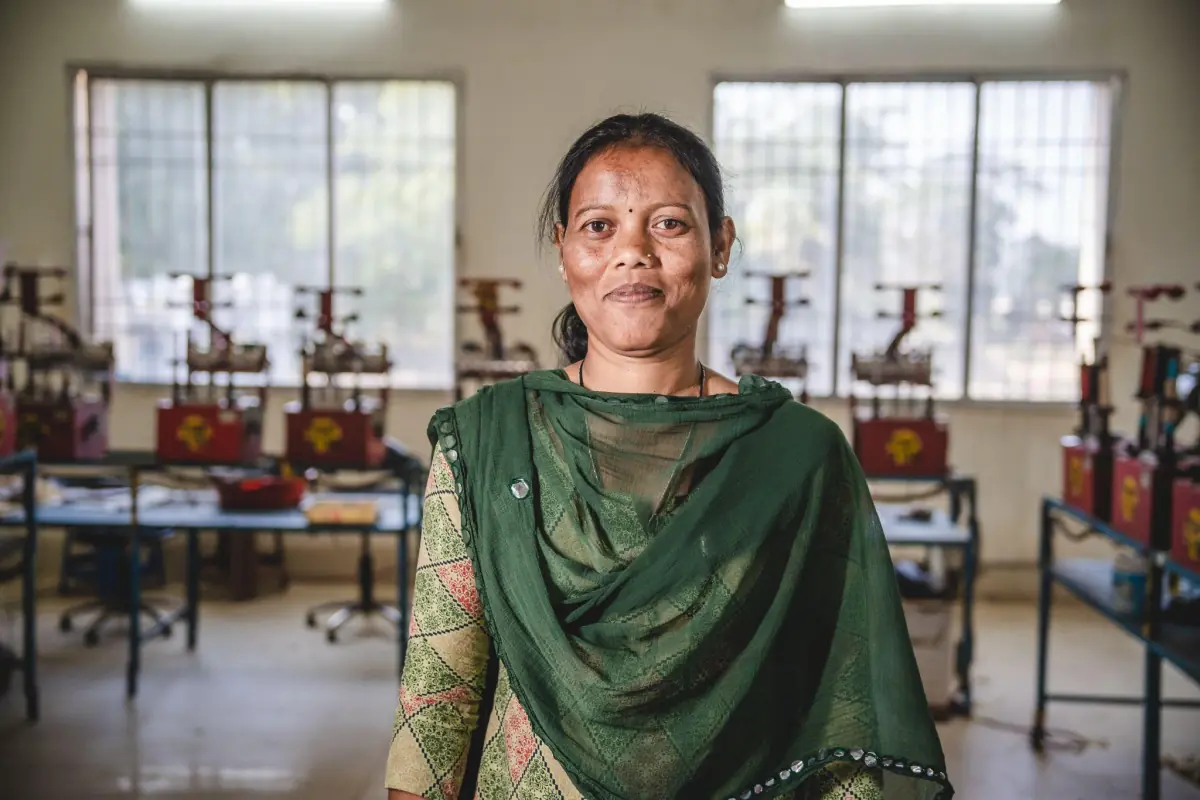
Kuni Dehury, master silk reeler from Odisha, was featured in Mann Ki Baat by PM Modi in 2022 | Source: CEEW/Emotive Lens
Rising fuel prices was becoming an impediment for Munita Devi, a 36-year-old farmer in Jharkhand’s Latehar district, who used an oil-based pump to irrigate her fields. Every year, she spent over Rs 10,000 on irrigation alone, making it difficult for her to farm sustainably. In 2020, Munita invested a major chunk of her income to procure a solar-powered irrigation pump. Little did she know that her decision would reap handsome profits.
"After the installation, there is no added expense. Rather, I am saving the cost of fuel, which has increased my income. I no longer have to worry about my crops dying due to lack of timely supply of water," says Munita. Through her added income, Munita has been able to procure a two-wheeler for her family and provide better education for her children. She now inspires women in her locality and helps others in operating their solar pumps more efficiently.
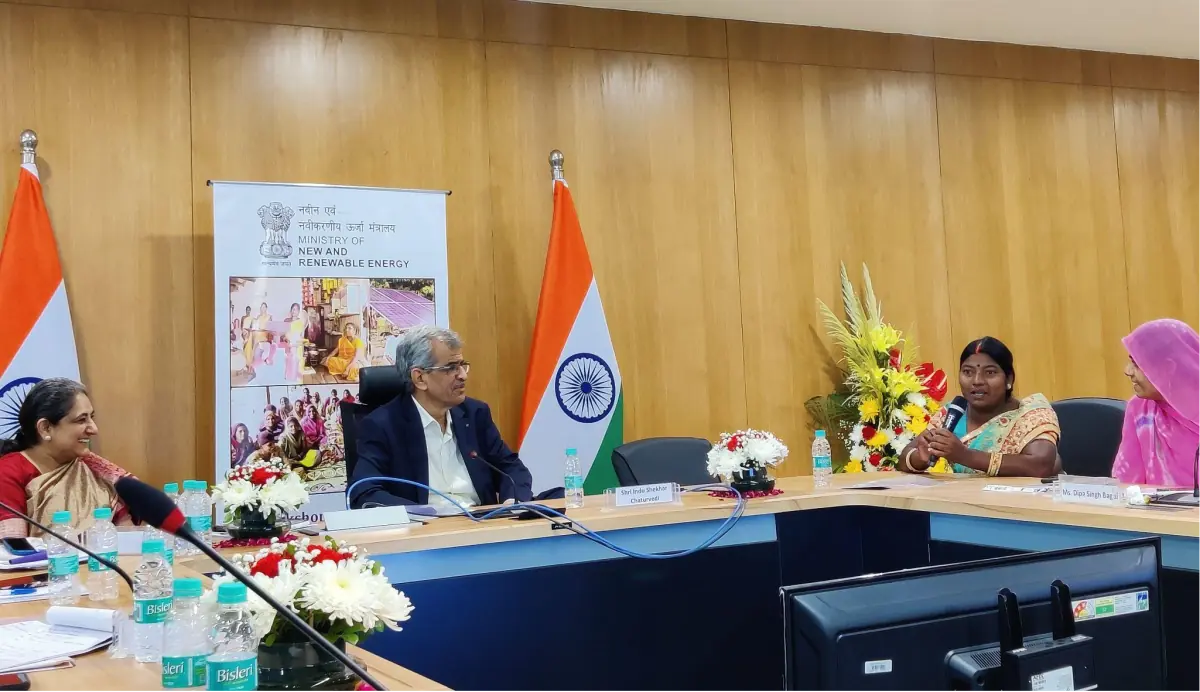
Munita Devi (second from right) shared her experience at the Ministry of New and Renewable Energy (MNRE)’s launch session for the 'Women in Renewable Energy' portal in October 2022 | Image: CEEW/Angarika Gogoi
At the young age of 32, Meera Jatt heads the Maitree Mahila Mandal, a dairy and agriculture producer company, which employs over 8,000 rural women from Dooni village in Rajasthan. In 2020, their lives changed completely when the company procured solar refrigerators to store dairy and other perishable items. While the women spent INR 10,000-15,000 for intermittent and erratic electricity, they were now able to save a huge chunk of their electricity bills. Further, solar energy gave them consistent electricity supply, which helped increase the shelf life of dairy and other perishable products.
With over 150 women working directly under her, Meera recalls the various challenges women in her village faced. Most women were not allowed to work, tasked with the responsibility of taking care of their families. However, Meera’s success has made her a household name and is inspiring more and more women to join the workforce. “Earlier, we could just think about ourselves. But as more and more women start working and sharing their experiences, we can now think of bettering the country,” she says.
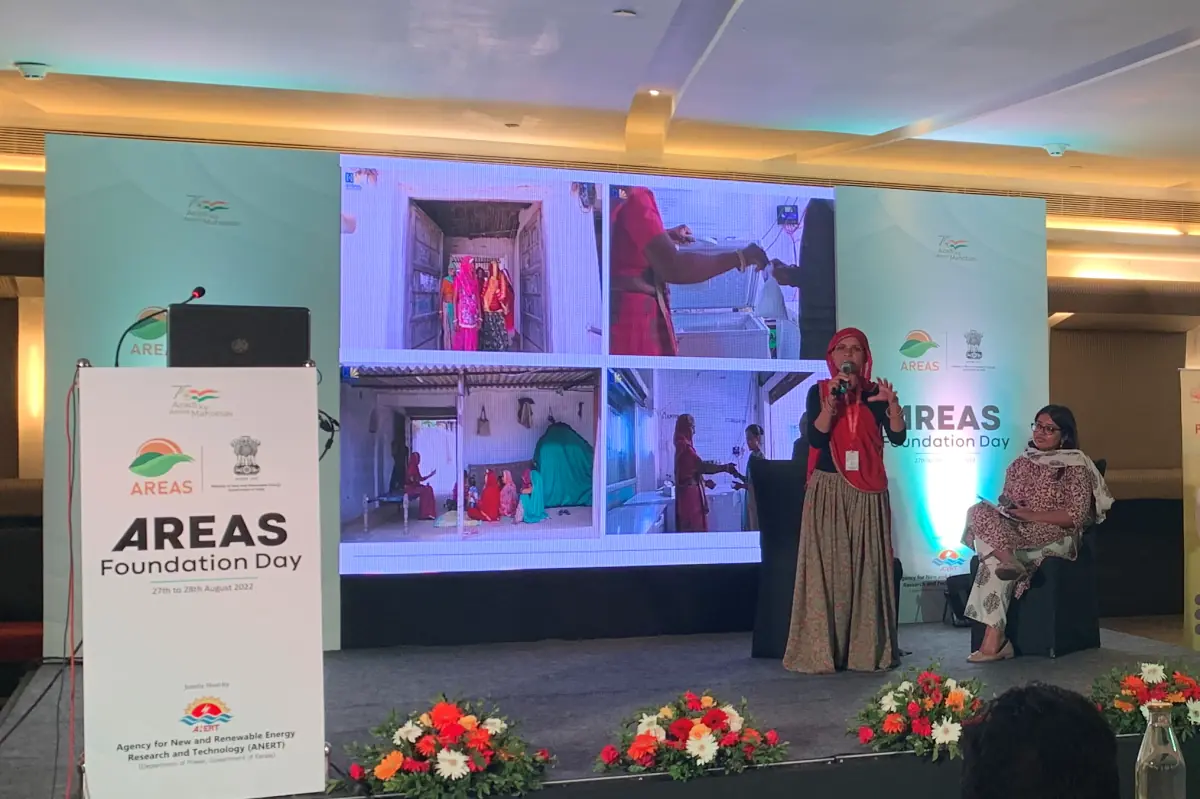
Meera Jatt sharing her experience of running Maitree Mahila Mandal at the MNRE-organised AREAS Foundation Day | Image: CEEW/Ramesh Veluru
A study by McKinsey Global Institute suggests that by 2025, India's GDP can increase up to 18 per cent just by providing women equal work opportunities. To unlock the potential of sustainable livelihoods for rural women through clean energy, a few gender-forward strategies can be deployed.
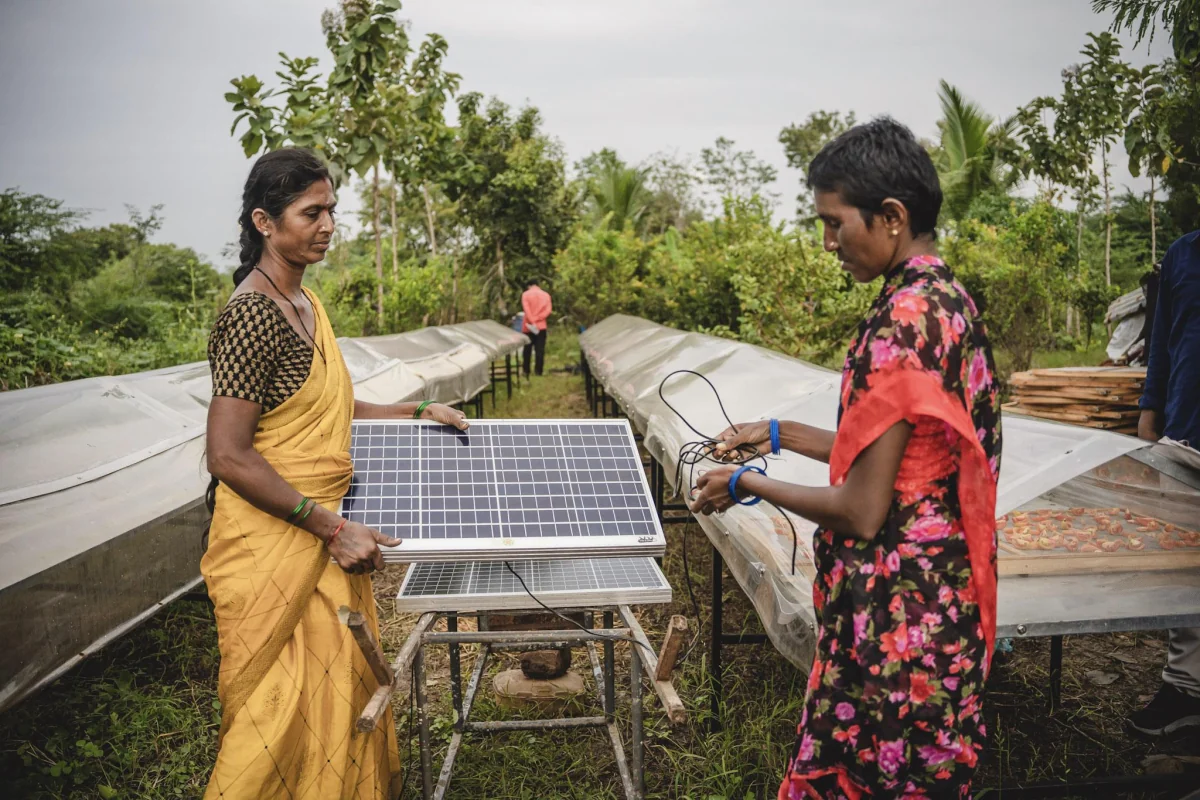
A group of women farmers in Andhra Pradesh using solar dryers to add value to their farm produce and earn a better income | Source: CEEW/Emotive Lens
First, engage successful women users as local demo champions. Personal user experience can help in generating sales and boost the credibility of clean technologies – it also creates trust among women. Second, organise hyperlocal demo events and demo stations. Hyperlocal events are successful in generating leads because they take the products directly to women, thereby mitigating their mobility challenges. Demo units can also help interested leads explore the products further. Finally, create and distribute gender-inclusive marketing collaterals. A women-focused marketing campaign with physical collaterals and short videos in local languages can be an effective way to disseminate information about clean technologies.
However, to truly mainstream economically-viable and sustainable livelihood opportunities for women, convergence between key stakeholders including clean energy enterprises, donors, financiers, the support ecosystem, market enablers, policymakers, and end-users will be vital. Rural Indian women can be micro-entreprenuers who can generate jobs and economic growth. This women’s day, it’s time to change the lens through which we look at them.
Suyashi Smridhi is a Communications Associate and Mousumi Kabiraj is a Research Analyst at the Council on Energy, Environment and Water (CEEW), an independent, not-for-profit research organisation. Send your comments to [email protected]



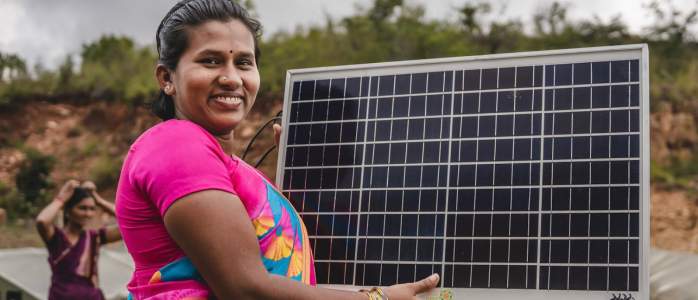
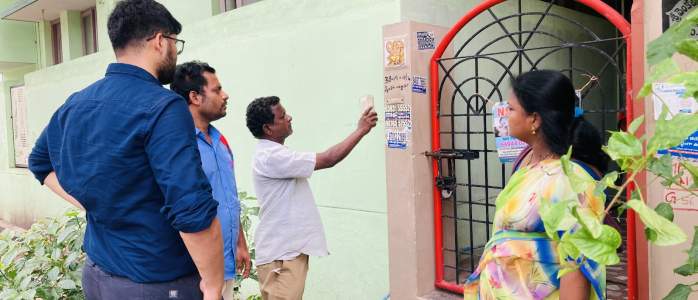
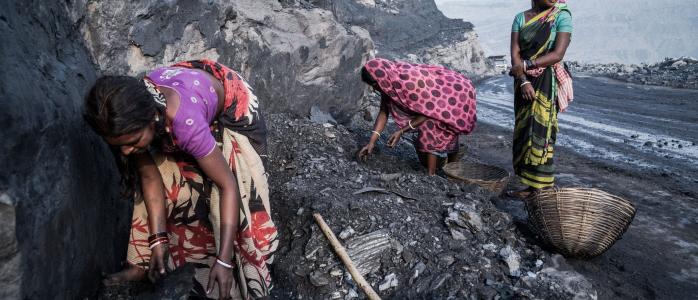
Add new comment